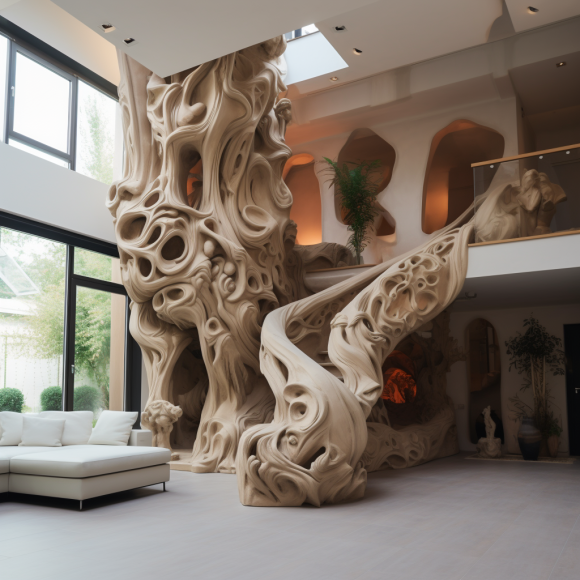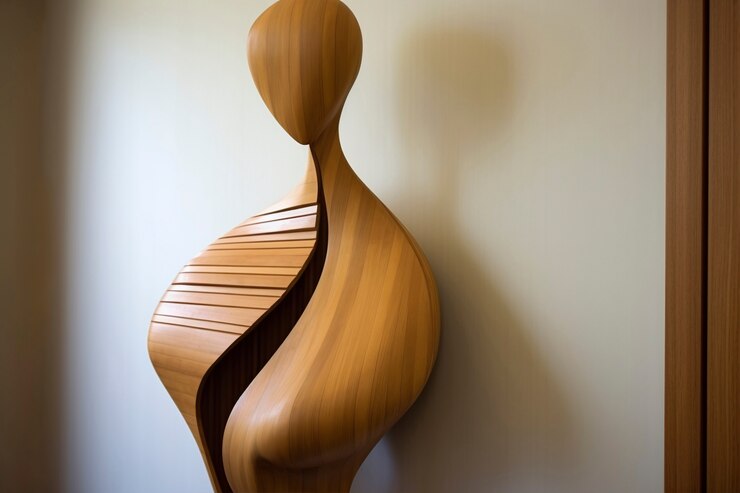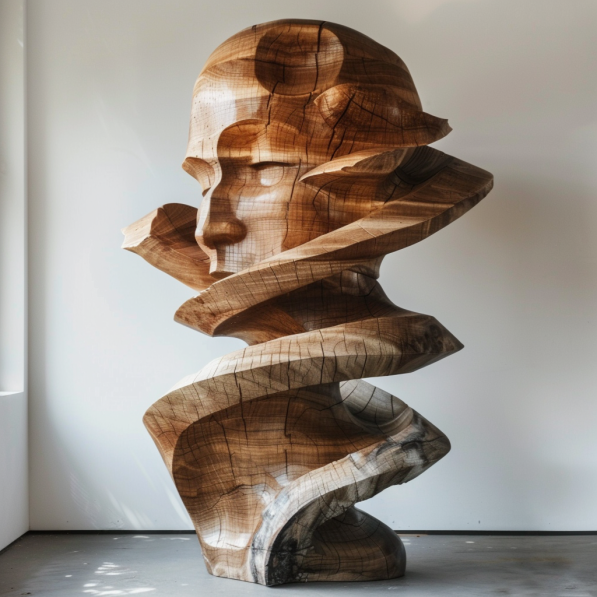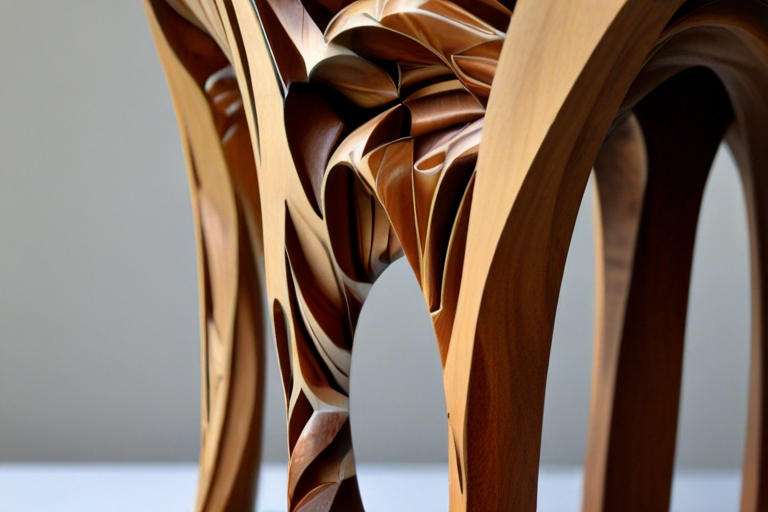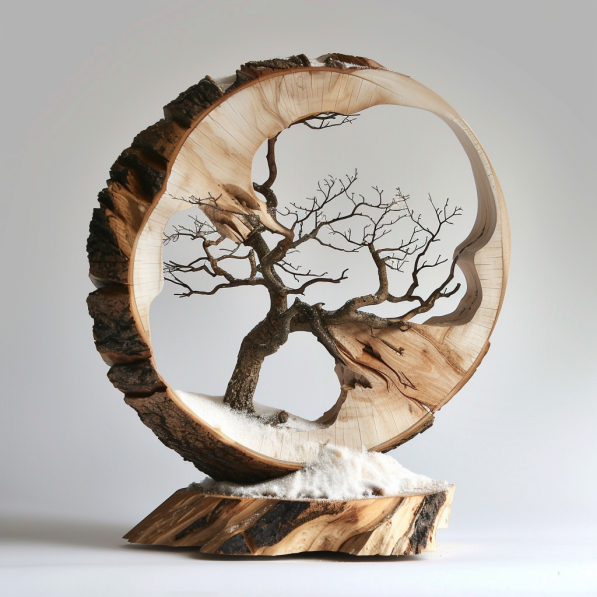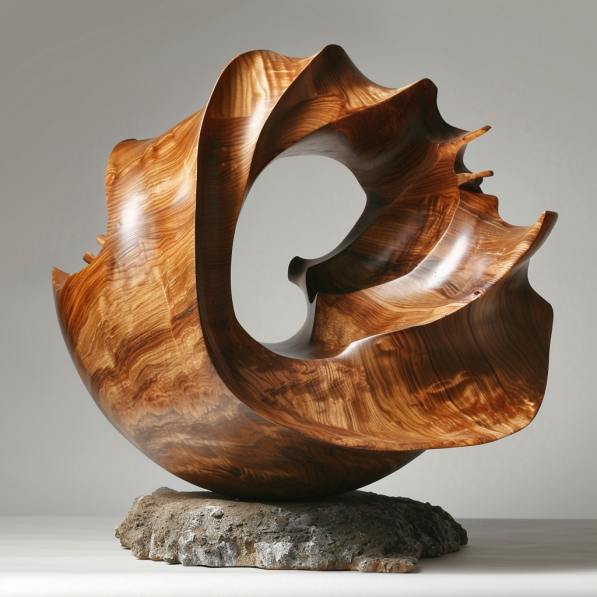Elevating Outdoor Spaces with Wood Sculpture: Design Tips and Ideas
Transforming outdoor spaces into inviting and visually captivating environments requires careful consideration of design elements. Wood sculpture offers a unique opportunity to add warmth, texture, and artistic flair to outdoor settings. In this article, we explore creative ways to elevate outdoor spaces with wood sculpture, providing design tips and inspiring ideas for enhancing your outdoor environment.
Harnessing the Power of Nature: Wood sculpture harmonizes seamlessly with outdoor surroundings, creating a sense of connection to the natural world. When selecting or commissioning wood sculptures for outdoor spaces, consider the existing landscape, vegetation, and architectural features. Choose pieces that complement the organic beauty of the environment, whether through mimicking natural forms or contrasting with contemporary elements.
Scale and Proportion: Effective placement of wood sculptures relies on understanding scale and proportion within the outdoor setting. Large-scale sculptures can serve as focal points, anchoring expansive landscapes and drawing the eye towards specific areas. Conversely, smaller sculptures add accents and points of interest within garden beds, pathways, or seating areas. Experiment with different sizes and arrangements to achieve visual balance and harmony.
Creating Visual Interest: Wood sculptures introduce dynamic visual elements to outdoor spaces, captivating attention and sparking curiosity. Consider incorporating sculptures with bold shapes, intricate details, or unconventional materials to create focal points and conversation starters. Sculptures positioned along pathways, water features, or outdoor seating areas invite exploration and engagement, enriching the overall sensory experience.
Seasonal Considerations: Outdoor environments evolve throughout the seasons, presenting opportunities to adapt and refresh wood sculpture displays. Choose sculptures that resonate with seasonal themes or colors, such as vibrant blooms in spring or warm earth tones in autumn. Additionally, consider the durability and weather resistance of materials when selecting outdoor sculptures, ensuring longevity and resilience against the elements.
Integration with Functional Elements: Integrating wood sculptures with functional elements enhances both aesthetic appeal and practical utility in outdoor spaces. Incorporate sculptures into seating areas, pergolas, or architectural features to create cohesive design narratives. Sculptural benches, planters, or trellises serve dual purposes, blending artistic expression with functional utility for an integrated outdoor experience.
Lighting and Ambiance: Strategically placed lighting enhances the visual impact of wood sculptures in outdoor settings, extending their presence into the evening hours. Experiment with uplighting, downlighting, or accent lighting to highlight key features and create dramatic effects. Soft, diffused lighting adds warmth and ambiance, inviting relaxation and contemplation amidst the enchanting glow of sculptural forms.
Elevating outdoor spaces with wood sculpture offers endless possibilities for creativity, expression, and connection with nature. By carefully considering design principles, scale, seasonal variations, integration with functional elements, and lighting effects, you can transform outdoor environments into captivating destinations that inspire and delight. Whether creating a tranquil garden retreat, a vibrant urban oasis, or a dynamic public park, wood sculptures serve as timeless symbols of beauty, craftsmanship, and artistic expression in the great outdoors.

